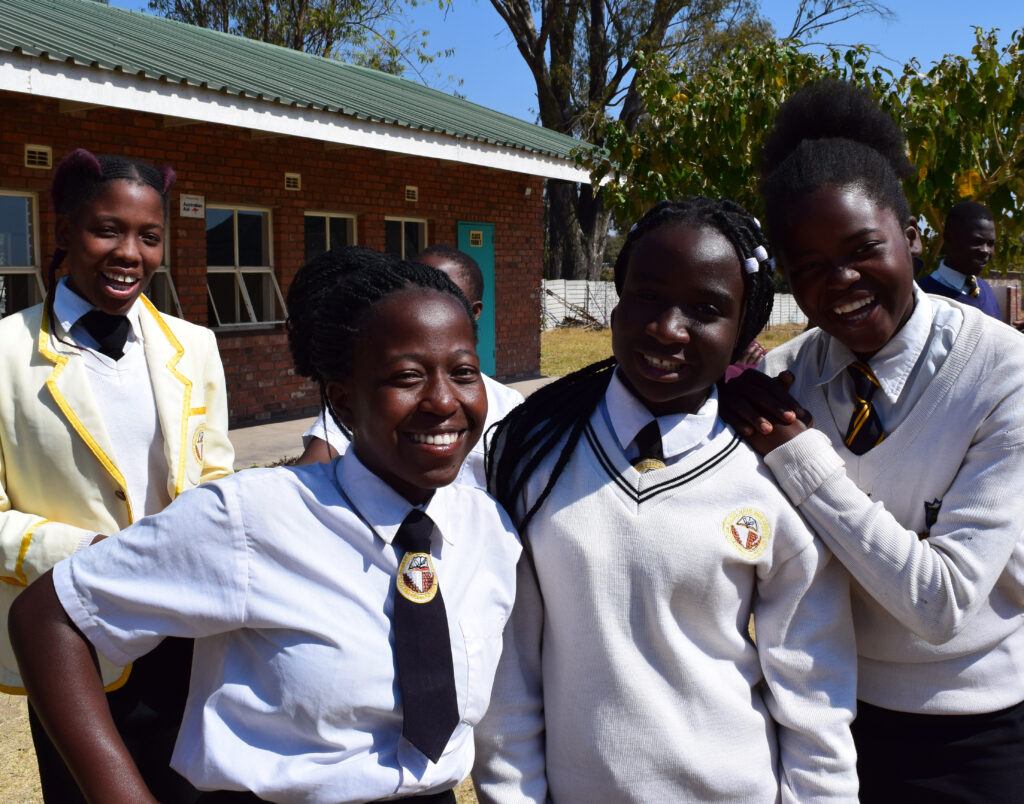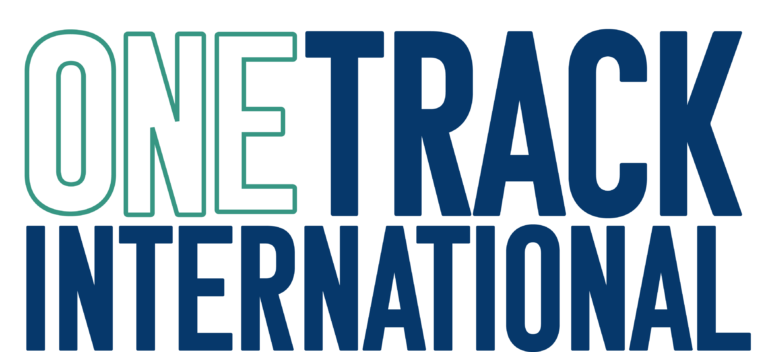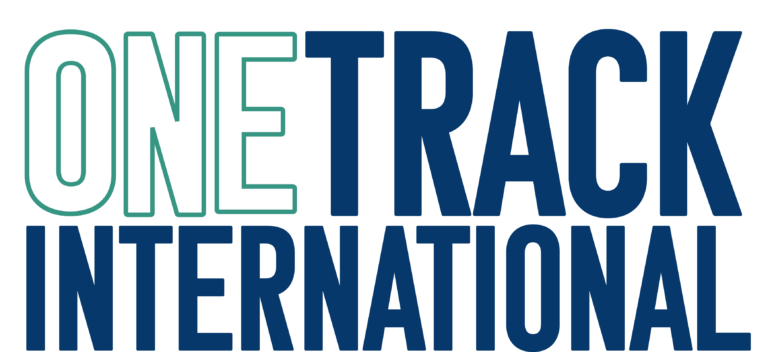UNICEF’s January 2012 report states all children should receive primary education that is not only free and mandatory but of good quality. This supports the United Nations’ declaration of education as a basic human right in the 1948 Universal Declaration of Human Rights.After all, increasing access to education has been proven to reduce poverty and disease; students often receive food, water, and vaccines and learn life skills that improve community health.
For young children, schools provide a safe environment with socialization and emotional support. For low-income countries, one year of education increases a person’s future income by an average of 10%. In response to these benefits, the United Nations made universal primary education one of its Millennium Development Goals for 2015.
Educational Problems Today
Although the world has made remarkable progress towards this goal, there are still countries where it has not been reached. In fact, most countries around the world do not offer free primary educations to their citizens. Countries without free primary education include Cameroon, Colombia, Maldives, and Sudan.
Furthermore, in numerous countries where primary education is free, schooling beyond that is not. Primary education in many low-income countries and secondary education in almost all low-income countries require not only supplemental expenses but tuition, regardless of whether the education is public or private.
This means that families pay for baseline tuition in addition to out of pocket fees for transportation, school supplies, and even classroom supplies, with textbooks making up around half of the poorest families’ educational expenses. The World Bank found that such payments were common in 77 out of 79 countries surveyed. These payments often make up most of the financial resources schools receive.
Families in Uganda and Nepal provide around half of all educational funding, whereas families in Benin spend significantly more on secondary education per year than the government does. Compare this to families in Finland and Italy, who cover less than 10% of educational funds. This shows how those who are most in need of and least financially able to pay for education take on the largest financial burdens for it.
Unfortunately, educational expenses are only expected to rise. UNESCO’s Global Education Monitoring Report estimates that costs per primary student will increase up to three times and costs per secondary student will almost double what they are now. These increases will be monumental for low-income countries, where households already spend an average of 20-25% of their income on education. Compare this to households in high-income countries that spend an average of no more than 5%.
Therefore, it is safe to say that financial expenses have a large, if not increasing, impact on education around the world.

Financial and Social Barriers to Education
Such educational problems exist because, on the one hand, governments may lack the financial resources or political capacity to meet their children’s needs. Tax bases may be small, and funds for public schooling may be allocated to higher education or other institutions that benefit those who are already educated. This leaves fewer resources for creating schools, training teachers, and providing materials, and international funding doesn’t sufficiently cover the discrepancies.
On the other hand, children may be pressured into leaving school to contribute to household income or care for sick relatives. In fact, the International Labor Organization (ILO) estimates that around 152 million children ages 5-17 have chosen work over education, deterred by secondary schools that are expensive and far away. This results from families making the (unfortunately well-founded) conclusion that available education is too low in quality to justify high costs.In other families, females are kept from attending school due to social, cultural, or religious beliefs. Males attend at higher rates but are often held back or drop out.
Children with disabilities are especially less likely to receive an education, as most institutions don’t have the facilities to accommodate them. An estimated 5% of learning-disabled African children are enrolled in school, and it’s further estimated that the statistic would be 70% if facilities had suitable accommodations. Even with these facilities, some children may be sent to communities to beg rather than to educational institutions to learn.
Other disadvantaged groups in terms of educational attainment include indigenous populations, linguistic/ethnic/religious minorities, and children from areas of conflict. These groups contribute to the 227 million secondary school-aged children and up to 115 million primary school-aged children not receiving an education. These children are often victims of educational poverty (less than four years of formal education) and extreme educational poverty (less than two years of education).
In Sub-Saharan Africa, more than half of all children are in educational poverty; and in Burkina-Faso and Somalia, more than half of children are in extreme educational poverty. In this region, children from the richest households complete a full twelve years of primary and secondary education in only four countries, whereas children from the poorest complete that same amount of education in no countries.
In other words, more children have been denied the opportunity to receive an education than not.
As a result, there are 750 million adults worldwide who, according to the Federal Ministry for Economic Cooperation and Development, are unable to read or write. Increasing access to education is our only hope for decreasing that number.
ONETrack and Education
In addition to household and healthcare essentials, we support the educational costs of children in our Transition to Home programs. This includes supplemental costs such as textbook and transportation fees. By aligning ourselves with the UN Millennium Development Goals of not only reducing poverty and childhood mortality but achieving universal education, we hope to find sustainable ways to improve the lives of children and the future of their communities.
If you would like to donate to support the educational fees of children in our Transition to Home programs, please Venmo @ONETrack.
References
“15 Facts on Education in Developing Countries.” ACEI-Global, Academic Credentials Evaluation Institute, Inc., 6 Mar. 2014, acei-global.blog/2014/03/06/15-facts-on-education-in-developing-countries/.
Can Africa afford free education? (2017, December 13). Retrieved July 14, 2019, from https://gemreportunesco.wordpress.com/2016/01/27/can-africa-afford-free-education/
Federal Ministry for Economic Cooperation and Development. Education in Developing Countries. 23 Apr. 2018, www.bmz.de/en/issues/Education/hintergrund/bildungsituation/.
Hillman, Arye L, and Eva Jenkner. Economic Issues No. 33 – Educating Children in Poor Countries. 2004, www.imf.org/external/pubs/ft/issues/issues33/.
Lowe, Samantha. “Which Countries Offer Free Primary Education?” Classroom, Leaf Group, 4 Apr. 2017, classroom.synonym.com/countries-offer-primary-education-7998042.html.Schaffhauser06/12/17, Dian.
“Data: Education Isn’t Free Everywhere.” THE Journal, 1105 Public Sector Media Group, thejournal.com/articles/2017/06/12/data-education-isnt-free-everywhere.aspx.
“United Nations Millennium Development Goals.” United Nations, United Nations, www.un.org/millenniumgoals/education.shtml.
“Universal Declaration of Human Rights.” United Nations, United Nations, www.un.org/en/universal-declaration-human-rights/.


